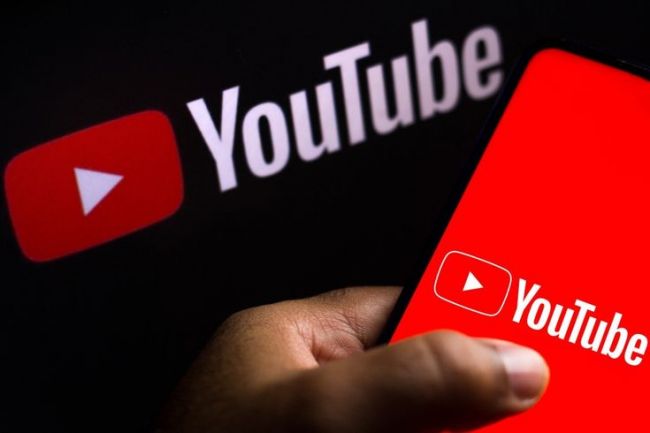YouTube Raises Livestream Age Limit to 16: What You Need to Know
by Lucas Knight - 4 months ago - 2 min read

New Age Restrictions on Livestreaming
YouTube is drawing a new line in the sand for young creators. Starting July 22, anyone under 16 will be barred from livestreaming solo on the platform—a notable jump from the previous minimum age of 13. The move, according to the updated help page, is part of Google’s ongoing push to make digital spaces safer for minors amid mounting concerns over online risks and cybercrime.
Adult Supervision Required for Teens 13 to 15
So, what changes? Teens aged 13 to 15 are not entirely locked out of livestreaming, but they’ll need an adult by their side—literally. Under the revised rules, a parent or guardian must be added as a channel manager, kick off the stream via YouTube’s Live Control Room, and remain visibly present on camera for the entire broadcast. If these requirements aren’t met, YouTube may mute live chats, disable comments, or pull the stream entirely.
YouTube’s Commitment to Child Safety
The company says these updates are about more than just compliance. As a YouTube spokesperson put it, “These updates are part of our ongoing work to protect children and teens on YouTube”. Livestreaming, with its real-time, unscripted nature, poses unique challenges, especially for young users who may be more vulnerable to harassment or inappropriate interactions.
Impact on Families and Young Creators
For families, this policy shift could turn livestreaming into a more collaborative affair. Parents and guardians now play a hands-on role, potentially making content creation a shared, supervised activity. But experts also urge families to set clear boundaries, as the line between public content and private life can blur quickly when broadcasting live.
Context: YouTube’s Broader Safety Measures
YouTube’s latest move builds on a series of safety measures rolled out in recent years, including Supervised Accounts, “Made for Kids” content labels, and privacy tools that help minors manage their online exposure. Earlier this year, Google also began using machine learning to detect and block underage users who try to skirt age restrictions.
Prioritizing Safety Over Growth
While some young creators may lament the new hurdles to audience-building, YouTube is clear: user safety trumps growth. The platform’s message is unmistakable—protecting young users is not up for negotiation.